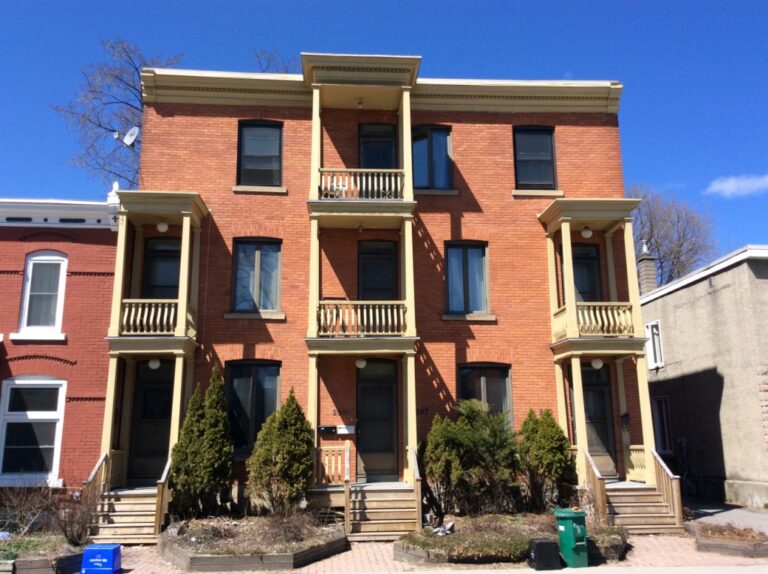The McManus family at 168 Murray Street in their 1840s log house
By Nancy Miller Chenier In May 2025, the Heritage Impact Assessment and Conservation Plan for the proposed development at 168-174 Murray Street stated that it would include “the conservation and rehabilitation of both the two-storey brick clad frame building located at 174 Murray and the one and one half-storey log/frame building at 168 Murray.” The…










